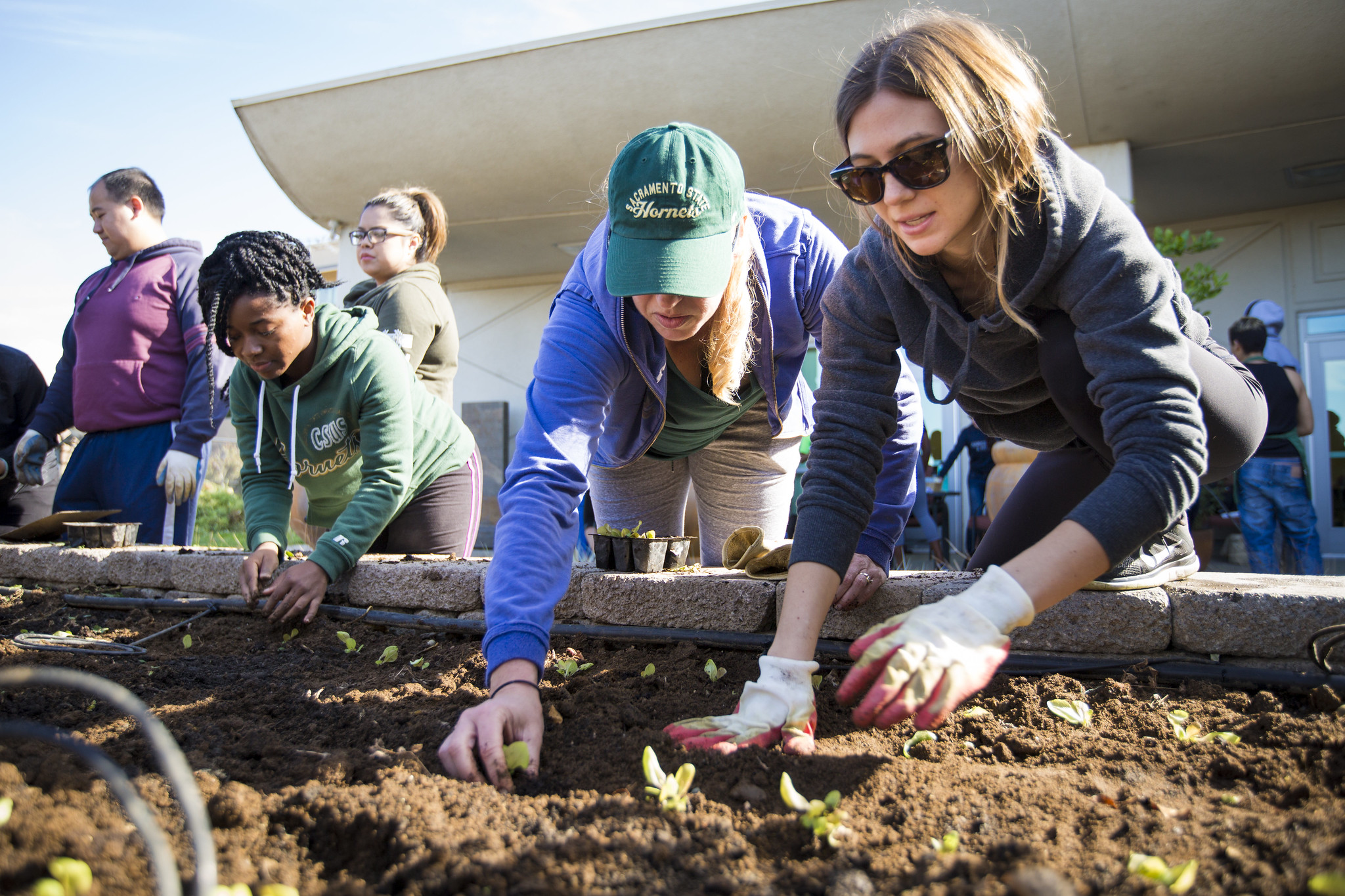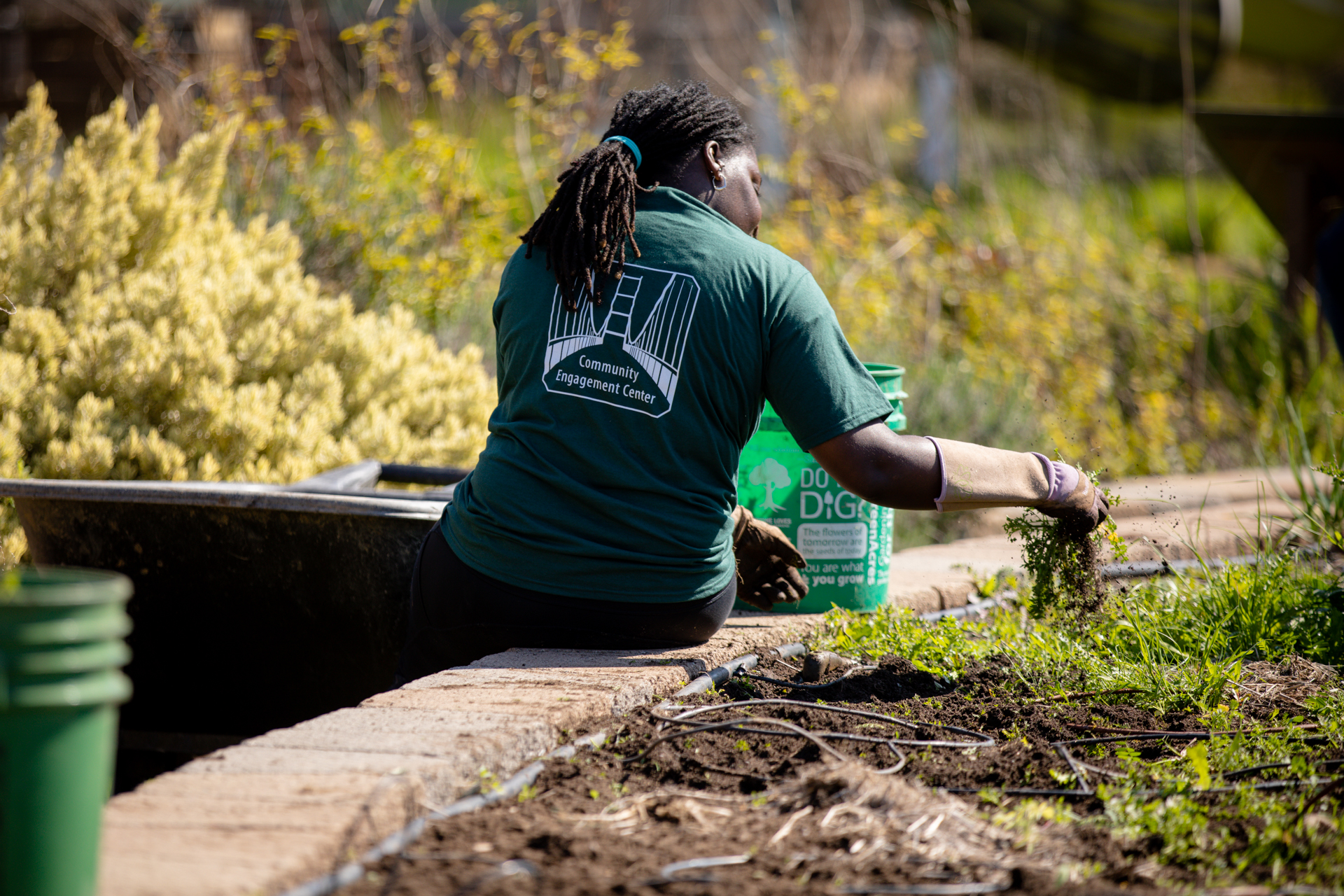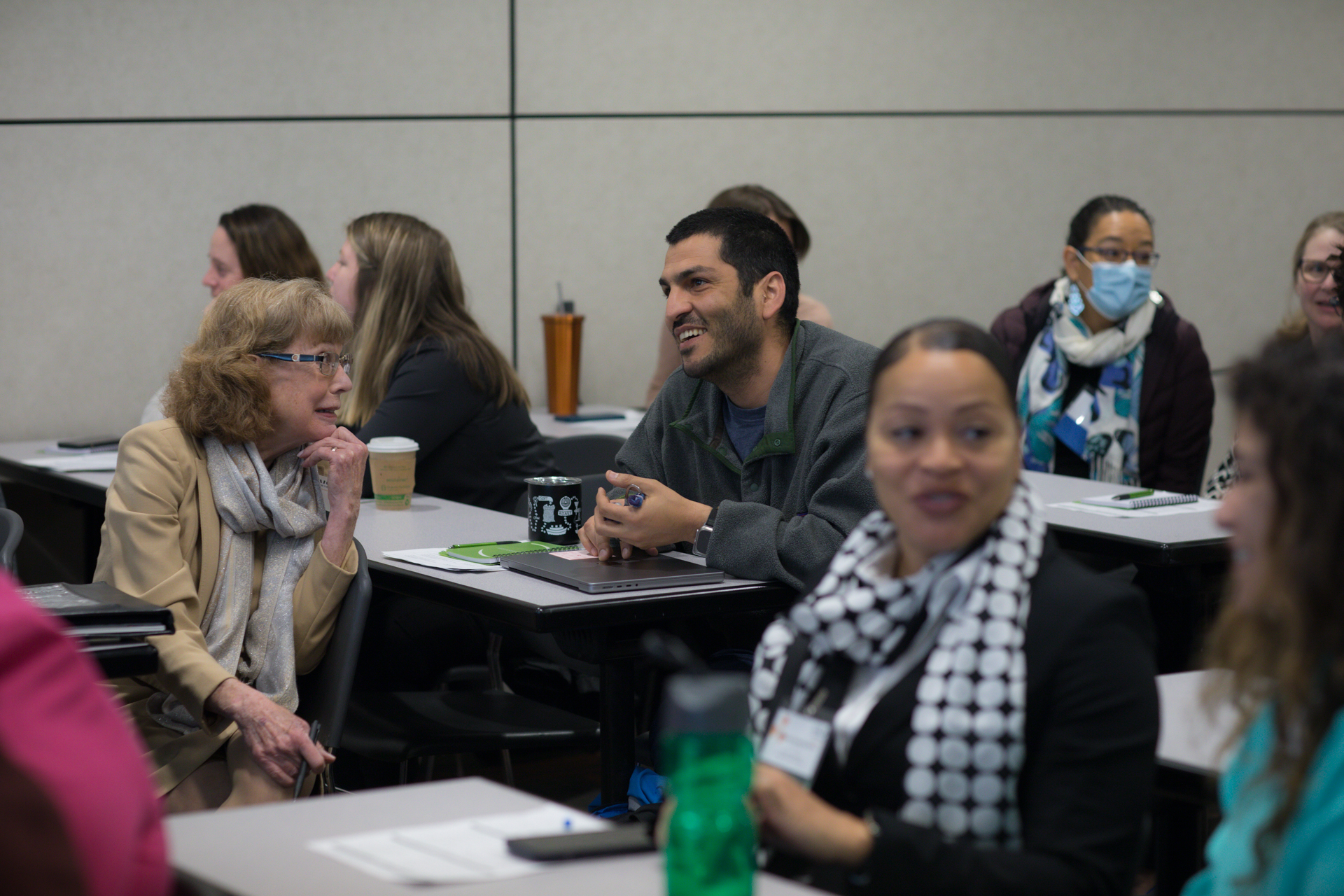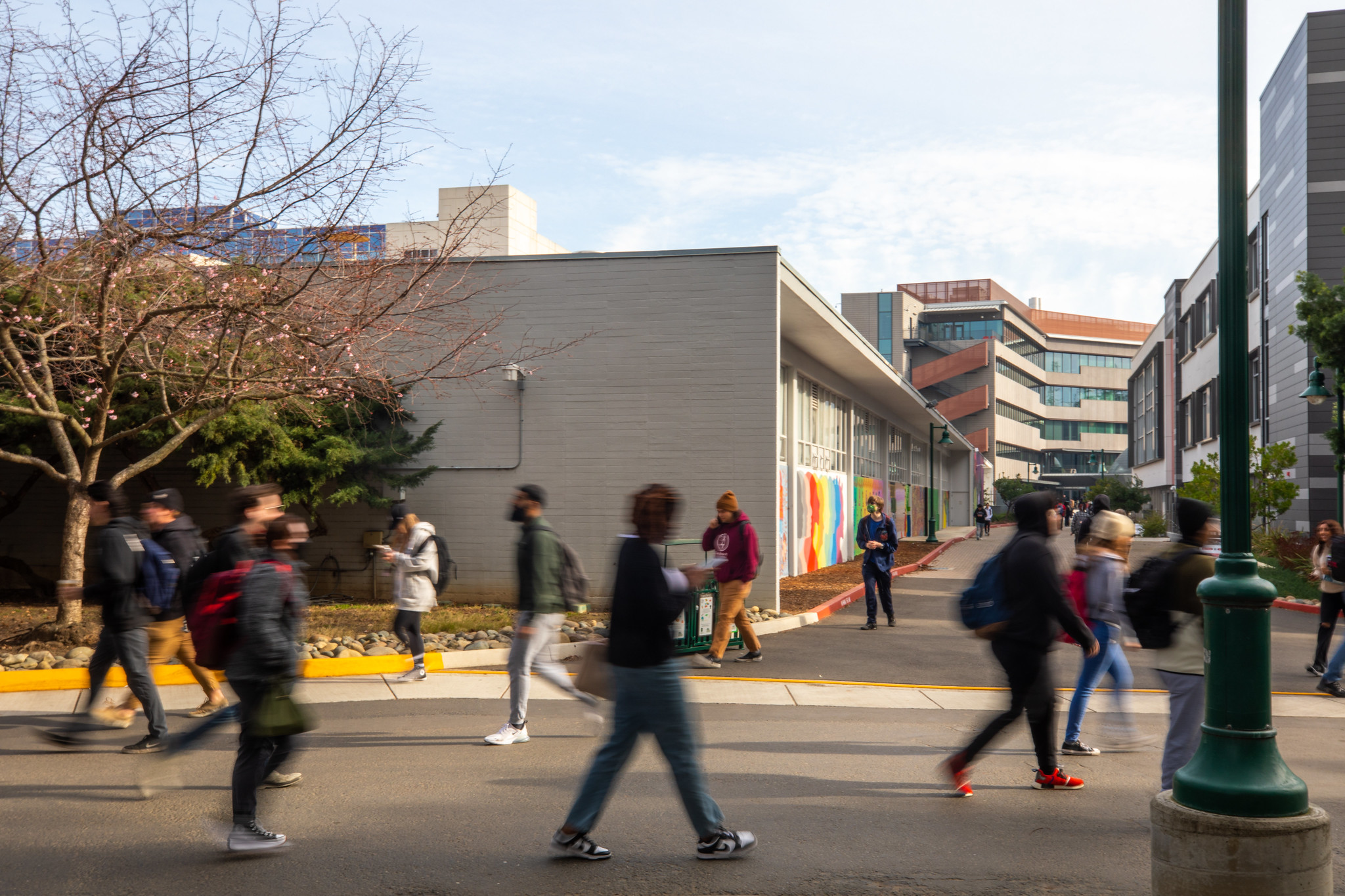Story Content
Sac State joins worldwide alliance of experts promoting global sustainable development

April 04, 2023
Sacramento State is going global in its effort to reduce the University's carbon footprint.
The University recently joined the United Nations Sustainable Development Solutions Network (SDSN), an alliance of nearly 2,000 experts from around the world on a variety of social, economic, and environmental issues focused on ending poverty and protecting the planet.
Members of the alliance have access to free classes and research through the Sustainable Development Goals Academy.
“At the end of the day, if we are a zero-waste, carbon-neutral campus, that’s great, and that’s our goal. But that’s just local,” said Ryan Todd, Sac State’s director of Sustainability and Energy. “The SDSN is on a global scale, and in order to really make an impact, that is the better approach.”
Sac State is the only CSU campus that is a member of the SDSN. University of California campuses in Irvine, Berkeley, Davis, and San Diego are among other member schools in the state.
“Being a part of the network gets us access to leaders in this country and all over the world,” Sustainability and Waste coordinator Laura Gonzalez-Ospina said. “We are all here to make a change and make an impact. It just makes sense for us to join.”
The UN alliance is another example of Sac State’s commitment to engaging with and improving the surrounding community.
"Sacramento State is known for its commitment to sustainability, and by joining the SDG Academy, our faculty and students have the chance to make a difference at a global level." -- Sacramento State President Robert S. Nelsen
Many of the programs Sac State already had in place, including its Climate Action Plan, 2040 carbon neutrality goal, and Antiracism and Inclusive Campus Plan, helped ease the SDSN application process.
President Robert S. Nelsen also supported joining the alliance.
“We have a responsibility to ensure a better world for tomorrow,” Nelsen said. “Sacramento State is known for its commitment to sustainability, and by joining the SDG Academy, our faculty and students have the chance to make a difference at a global level, beyond the campus and local community.”
SDSN launched in 2012 with a mission to achieve 17 goals that would promote sustainable development including:
- Ending hunger and poverty.
- Ensuring access to clean water and sanitation.
- Ensuring access to quality education.
- Achieving gender equality.
- Promoting economic growth, employment, and decent work.
“How can you expect someone who lives in poverty and struggles to get food to only purchase free-range eggs or go organic when they’re trying to meet their basic needs?” Todd asked.
“The SDSN is built around getting those basic needs taken care of as part of a bigger plan to solve climate change.”
The SDG Academy formed in 2016 to create and curate free, open educational resources and offer them as a global public good.
Sac State students, faculty, and staff have access to online classes, research, and professional training. They also can earn certifications and degrees through the SDG Academy.
In return, they can contribute their own expertise and research.
“It’s like crowd-sourcing information from content experts from around the world,” Todd said.
Regular online meetings also allow network members to share ideas and resources outside of their usual circles.
Gonzalez-Ospina has been developing a plan to make Sac State a zero-waste campus by 2030. She mentioned it during one of the SDG Academy’s monthly online chats.
“They provided resources for me from other universities that have already done it,” Gonzalez-Ospina said. “You can learn about the different tools used to calculate emissions, and you can also ask questions and get feedback on what you’re working on.”
Gonzalez-Ospina spearheaded the effort to join the SDG Academy along with Todd.
“It’s a great resource to see how everything gets connected,” Gonzalez-Ospina said. “No matter if you’re a science student, engineer, or fashion designer, you can make an impact.”Media Resources
Faculty/Staff Resources
Looking for a Faculty Expert?
Contact University Communications
(916) 217-8366
communications@csus.edu


